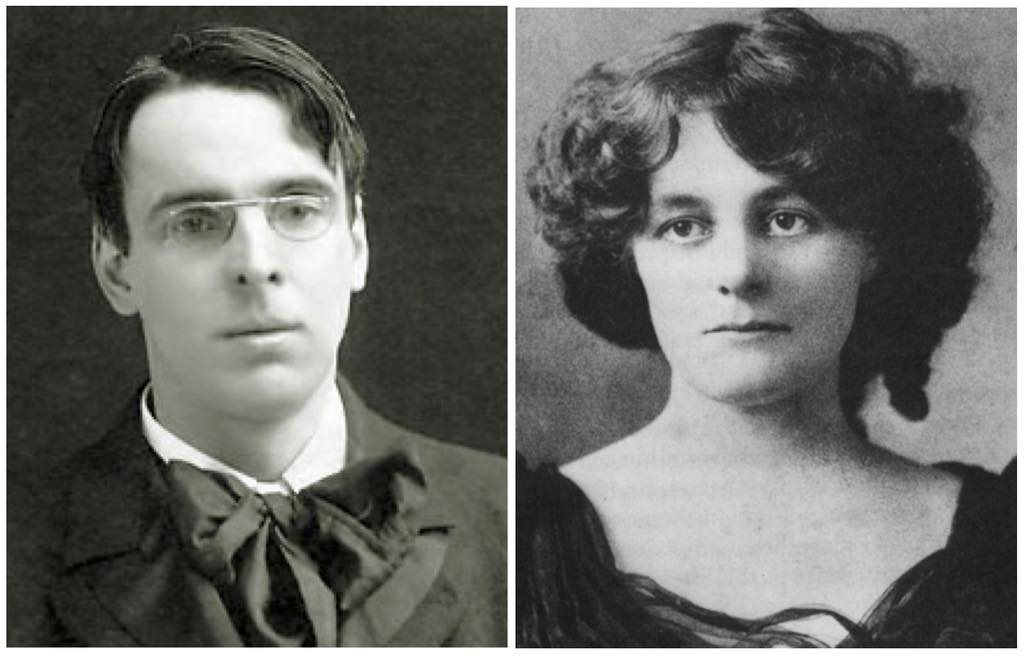William Butler Yeats (1865–1939) stands as a monumental figure in Irish literature, his life a rich tapestry woven with threads of poetry, mysticism, and a profound, unrequited love. From the windswept landscapes of Sligo to the vibrant cultural scene of Dublin, Yeats’s journey is a testament to the enduring power of art and the human spirit. Let’s delve into the life and legacy of this extraordinary poet.
Early Influences: Sligo’s Spirit and the Birth of a Poet
- Sligo’s Landscape: A Foundation for Verse:
- Born in Dublin but raised in Sligo, Yeats was deeply influenced by the region’s dramatic scenery and rich folklore. These elements became recurring motifs in his poetry, shaping his unique artistic vision.
- The rugged landscapes of Sligo, with their ancient myths and natural beauty, ignited Yeats’s imagination, providing a fertile ground for his poetic explorations.
- The early immersion in Sligo’s cultural heritage fostered a lifelong connection to Ireland’s past, which permeates his work.
- Maud Gonne: The Muse of Unrequited Love:
- In 1889, Yeats encountered Maud Gonne, a captivating and fiercely patriotic Irish nationalist. Her intelligence, charisma, and dedication to Ireland’s independence profoundly impacted him.
- Yeats’s passionate pursuit of Maud Gonne, marked by numerous proposals, ended in heartbreak when she married John MacBride in 1903.
- This unfulfilled love became a powerful source of inspiration for some of his most celebrated poems, including “When You Are Old” and “No Second Troy,” immortalizing his longing and disappointment.
- The Irish Literary Revival: A Cultural Architect:
- Despite personal setbacks, Yeats became a driving force in the Irish Literary Revival, striving to cultivate a distinct Irish cultural identity.
- His pivotal role in establishing Dublin’s Abbey Theatre solidified its place as a cornerstone of Irish drama, fostering a national artistic movement.
- Yeats work within the Irish literary revival, helped to give the Irish people a sense of cultural identity.
Literary Acclaim and Spiritual Exploration
- The Nobel Prize: A Recognition of Genius:
- In 1923, Yeats received the Nobel Prize for Literature, a historic moment as he became the first Irish writer to be so honored.
- This prestigious award acknowledged his significant contributions to world literature, cementing his status as a literary giant.
- The Nobel prize, gave Yeat’s work a world wide audience.
- Georgie Hyde-Lees: A Spiritual Awakening:
- While his feelings for Maud Gonne persisted, Yeats found companionship in Georgie Hyde-Lees, whom he married in 1917.
- Georgie’s introduction to automatic writing and spiritualism profoundly influenced Yeats’s later poetry, adding a mystical dimension to his work.
- This time of his life, created some of his most interesting works.
- A Timeless Legacy: The Power of Poetry:
- Yeats’s death in 1939 did not diminish the resonance of his words, which continue to captivate readers across generations.
- His life, characterized by artistic brilliance, unwavering passion, and profound emotional depth, stands as a testament to the enduring power of literature.
- His work, and his life, is still studied today.
The Enduring Impact of Yeats’s Poetic Vision
William Butler Yeats’s legacy extends far beyond his poetic achievements. He was a visionary, a cultural architect, and a man deeply engaged with the complexities of the human experience. His poems, infused with the spirit of Ireland and the mysteries of the human heart, continue to inspire and resonate, ensuring his place among the literary immortals.
